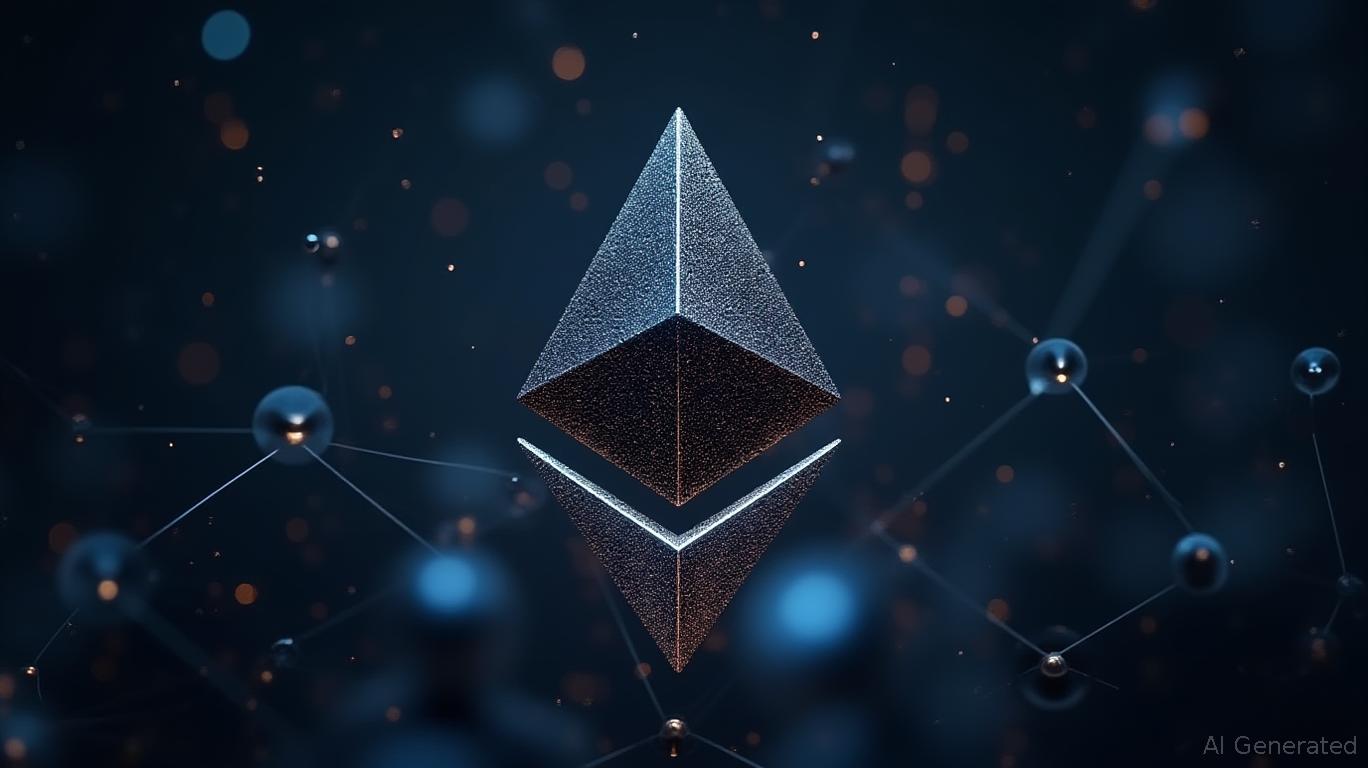Ethereum Proposes 50% Slot Time Reduction for 2026 Upgrade
Ethereum is on the brink of a significant performance upgrade, with a proposal by core developer Barnabé Monnot to halve the network’s slot time from 12 seconds to 6 seconds. This change, outlined in Ethereum Improvement Proposal (EIP) 7782, is slated for introduction in the upcoming “Glamsterdam” upgrade, scheduled for 2026. The primary goal of this proposal is to enhance the blockchain’s performance and usability for decentralized apps (dApps), wallets, and defi protocols by reducing the time it takes to finalize transactions and add new blocks to the mainnet.
Under the proposed change, Ethereum’s current 12-second slot cycle would be reduced to 6 seconds, effectively doubling the number of blocks produced per minute. This acceleration is expected to improve user experience by delivering fresher data and faster confirmations. For decentralized finance (defi) applications, this could mean smaller arbitrage windows, reduced trading fees, and increased liquidity. Monnot explained that the proposed network adjustment would break the 6-second slot into three smaller sub-processes: 3 seconds for
proposals, 1.5 seconds for attestations, and 1.5 seconds for aggregation. This would preserve the total slot functionality while increasing throughput at the protocol layer.Monnot emphasized that the change would not affect the total issuance to validators. Instead, stakers would receive smaller but more frequent rewards, leading to a lower reward variance and reduced incentives for staking pools. This adjustment is expected to favor solo stakers or home operators who currently struggle with unpredictable returns in the existing system.
However, the transition to shorter slot times presents several technical challenges. Developers will need to implement conditional logic within Ethereum clients and related infrastructure to ensure backward compatibility. Since the network has operated on 12-second slot times since its transition to Proof-of-Stake, older blocks will need to be replayed with consistent timing. Some clients may need to shift from tracking in seconds to milliseconds, as was done on the Gnosis chain. Monnot noted that while the relative share of block production time within a slot increases, any latency could impact production time, given the shorter proposal phase.
The Ethereum development community is actively debating the trade-offs between increasing Layer 1 throughput and optimizing finality speeds. Monnot acknowledged that shorter slots do not directly scale gas throughput but can enhance the chain’s responsiveness. He cited evidence suggesting that users prefer faster confirmations over more scalable block sizes. Preconfirmation mechanisms, which provide faster provisional confirmation outside the core protocol, are an option, but developers prefer in-protocol changes like EIP-7782.
One of the more complex tasks in executing the proposal involves updating client software and infrastructure tools like block explorers. These tools must accommodate both the old 12-second and the new 6-second slot durations. Developers will need to ensure that clients apply the correct logic depending on whether they’re processing historical or new blocks. At the time of the proposal, full scoping for these changes had not been completed, indicating that further technical details and adjustments may be required before implementation.


Comments
No comments yet